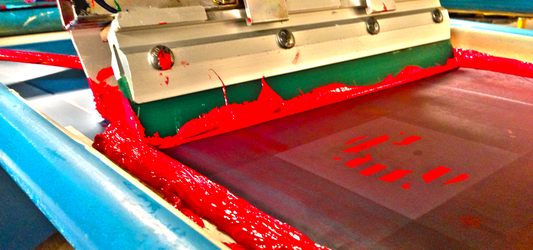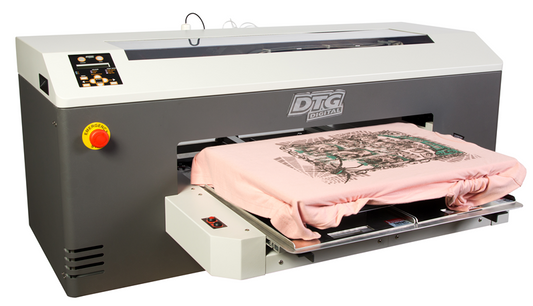The 6 Key Mindsets Behind Creative Thinking
By Michael A. Roberto
Would you like to become a more creative entrepreneur or leader? Professor Michael A. Roberto teaches leadership, business strategy and managerial decision-making at Bryant University in Rhode Island as well as for The Great Courses.
He's also the author of several best-selling books. In his latest work, Unlocking Creativity, Roberto proposes six mindsets that can help entrepreneurs and business leaders spark creative thinking.
- The Linear Mindset
Many executives and leaders try to solve problems or plan for the coming year linearly, for example by revenue, target or calendar event.
Roberto explains,
The creative process is fundamentally non-linear. It involves a lot of iteration, experimentation, a lot of feedback loops. And we hate to iterate. We like the linear process; many managers do.
For example, in 2008 Dropbox created a three-minute demo video of its proposed file-sharing service. Thanks to this viral video, more than 75,000 people opted into its waiting list. The company's developers used feedback from early users to iterate their product into a $12 billion business.
- The Benchmarking Mindset
Have you ever looked at your biggest competitor and said, "How can we capture some of their customers?" or "We need to launch a product that's just as good as theirs"?
If so, Robert cautions,
It's important to keep up with the competition, but benchmarking leads to fixation. We fixate on what they're doing, and we end up copying them rather than learning from our competitors.
"In many cases, we copy badly, because we don't really, truly understand the roots of their success." In the 1960s, car rental company Avis benchmarked itself against its No. 1 competitor, Hertz. It flipped this problem around to come up with a creative marketing campaign.
The tagline read, "Avis is only No. 2. in rental cars. So we try harder."
- The Prediction Mindset
Most larger companies think in terms of quarterly and yearly results. Leaders within those companies often must explain in advance if a key initiative will "move the needle."
A businessman under pressure
Credit: Getty Royalty Free
Or, if they're under pressure, they might oversell how a key product will impact the marketplace to get funding or approval. Just look at the promises of many crypto entrepreneurs in 2017 while promoting their initial coin offerings. Even if these leaders are ultimately proved right or wrong by this nascent technology, addressing results upfront is harmful to innovative thinking.
Roberto said, "We're putting people in a really tough spot where they're being forced to predict. So they either have to under-promise and not get funds or over-promise. Then they run the risk of under-delivering and putting their career at risk."
- The Structural Mindset
New entrepreneurs don't spend much time worrying about their company's management structure because employees fulfill many different roles. When a company grows, people's roles become more defined. This growth can hamper creativity because people focus only on their area.
Sometimes, leaders of larger companies respond by trying to flatten the management structure of their growing company. "I'm not against trying to make organizations flatter," Roberto said. "But what I argue is that it's too simplistic a view: The notion that if we just change the boxes and arrows on an organizational chart, that will drive creativity."
Pixar got around this problem by establishing a Braintrust where key team members could provide constructive feedback to each other about a film in production. The ultimate decision, however, remained with the director of the film.
- The Focus Mindset
In 2018, Airbnb CEO Brian Chesky said the company was considering launching an airline or at least launching a transportation division. But this decision comes 10 years after the company focused on enabling travelers to find affordable accommodation in cities.
In 2018, Airbnb CEO Brian Chesky said the company was considering launching an airline or at least launching a transportation division.
Credit: Getty Royalty Free
The productive benefits of multi-tasking are a myth. Most successful leaders focus on doing one or two things well before moving onto the next project. Focusing on one or two big projects doesn't mean cutting yourself or your teams off from the world.
In fact, Roberto cautions against building a war room or innovation hub that's isolated from customer feedback. "The highest odds of coming up with a creative breakthrough come from intense focus, punctuated with a few purposeful attempts to get some distance from the problem, to help really stimulate ideas," said Roberto.
- The Naysayer Mindset
It's easy to criticize why a product will flop or an initiative won't work. Consider some early feedback about the iPad from researchers who said customers would never buy one. A team can stamp creativity out if they turn an opportunity for providing feedback into an excuse to argue why something will fail.
"Too many organizations are filled with people always finding the reason why things won't work. They've taken the idea of the devil's advocate, which I argue is a very effective technique for enhancing critical thinking, a step too far, into naysaying, into blocking ideas," Roberto said.
Instead, you and your team should constructively evaluate a project's prospects, in the form of a premortem. Then, you can act decisively. Creative or innovative thinking is always a challenge, but an awareness of these six mindsets will help you and your team unlock better ideas.
At Fulfill4me we understand the process of becoming a custom T-shirt entrepreneur our marketplace is a community of brands built from the ground up. It is our goal to provide an outstanding customer service experience and deliver cutting edge digital printing solutions. Digital printing is the future of custom apparel and is developed specifically to address quality, efficiency, and cost.
Collins, B. (2019, June 26). The 6 Key Mindsets Behind Creative Thinking. Retrieved from https://www.forbes.com/sites/bryancollinseurope/2019/06/25/the-6-key-mindsets-behind-creative-thinking/#5c1ff56f225c





